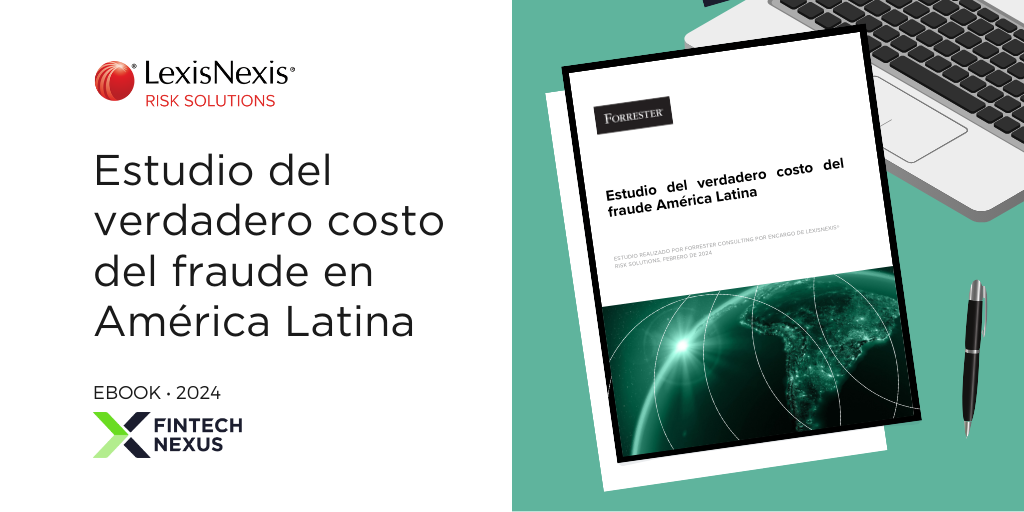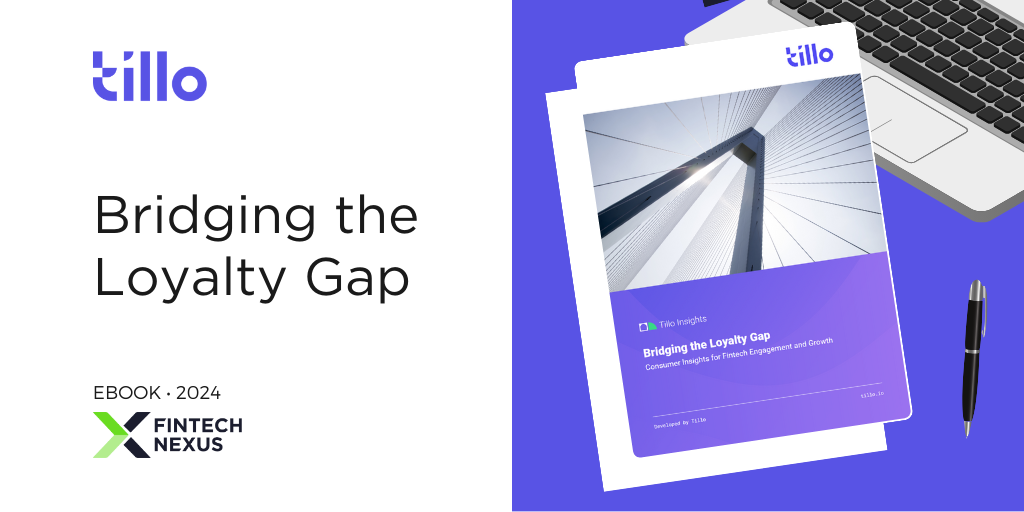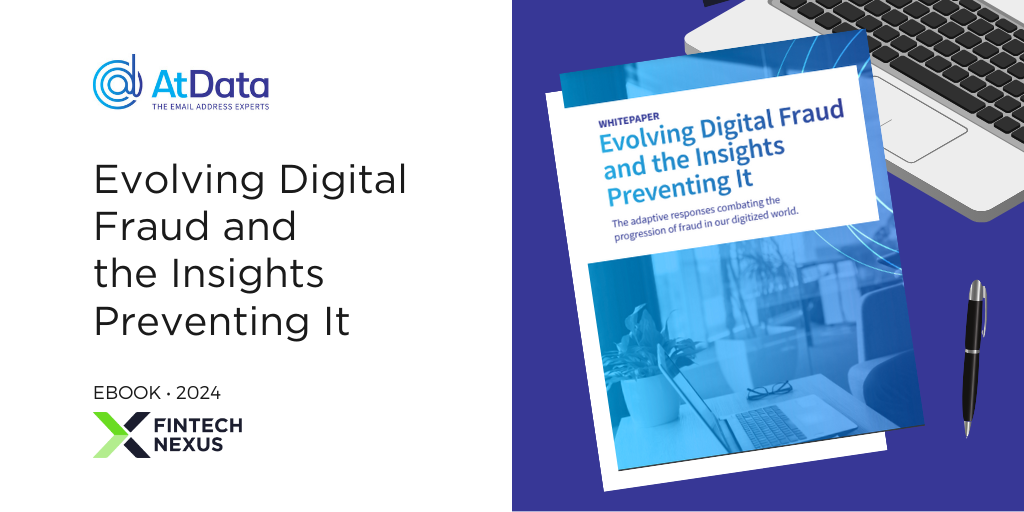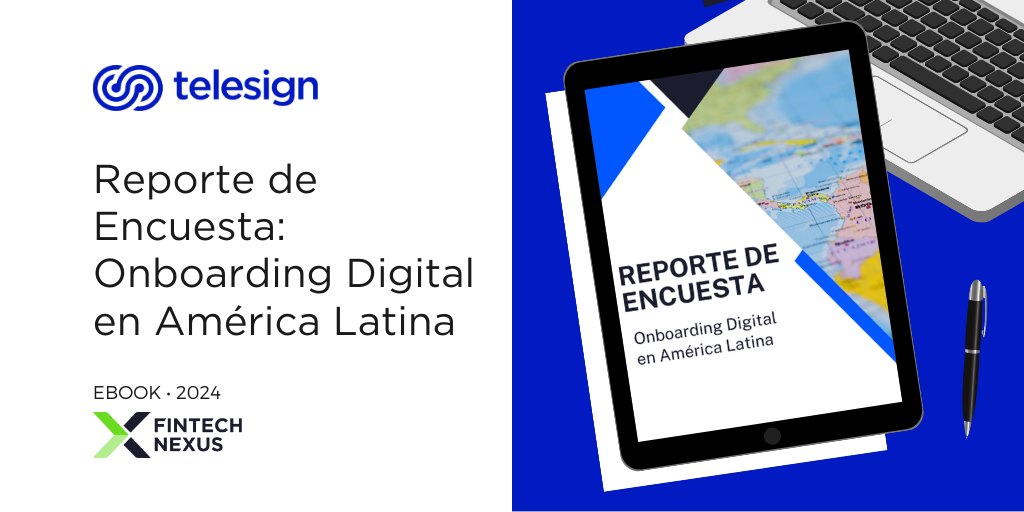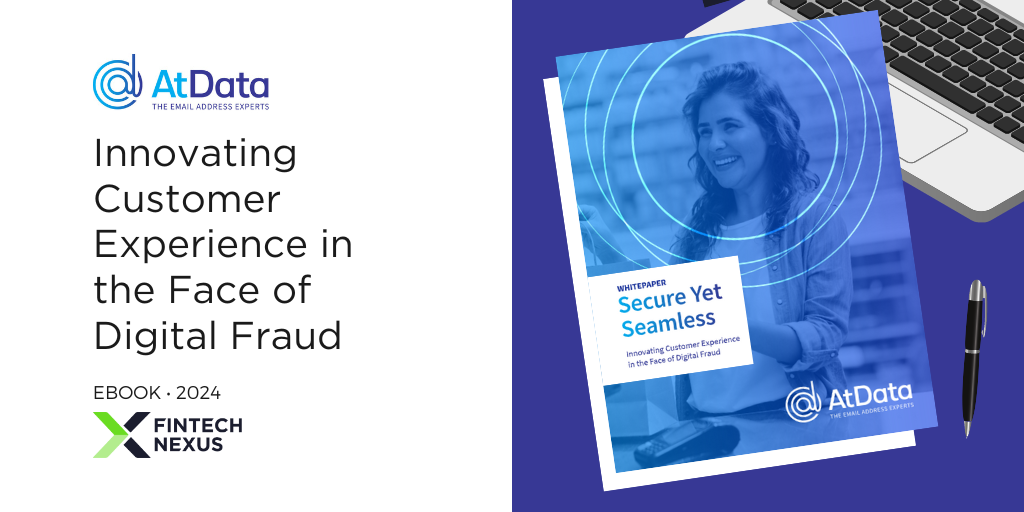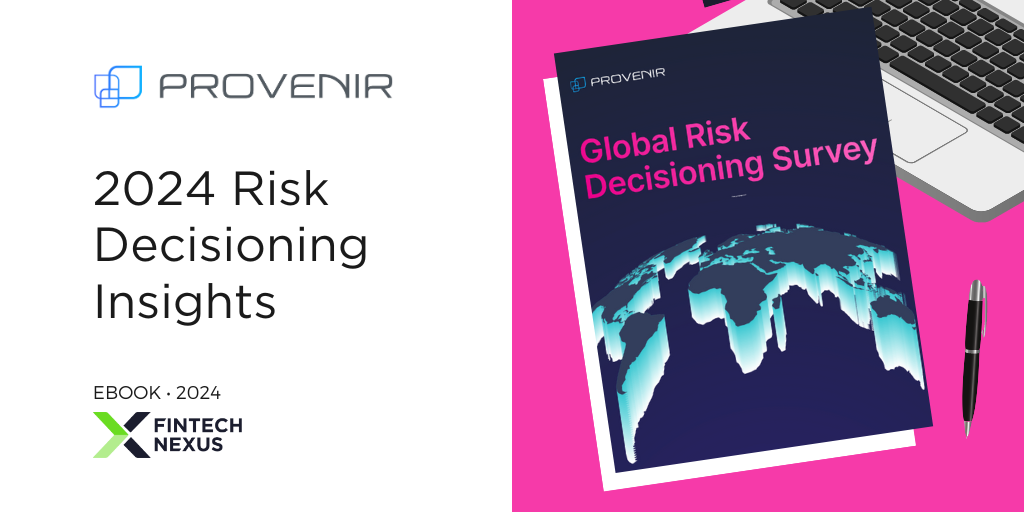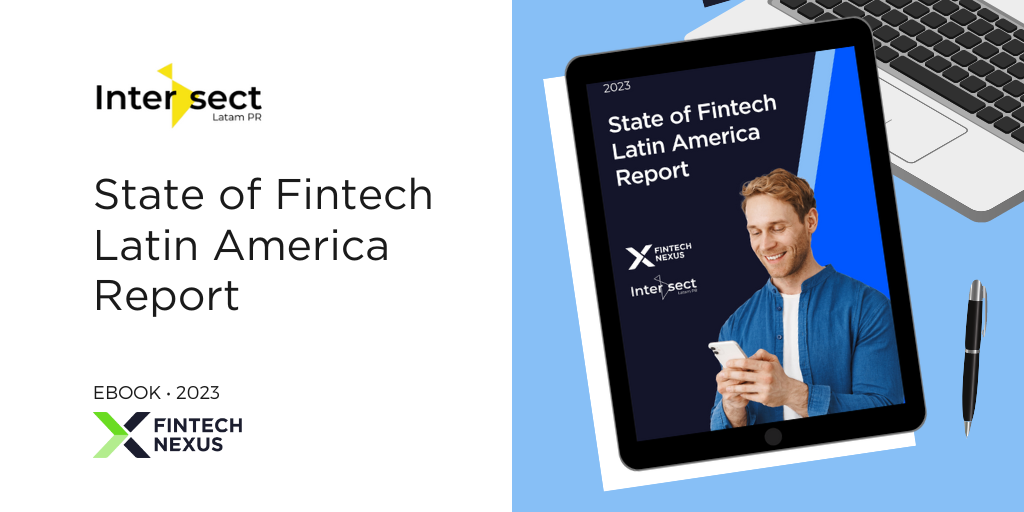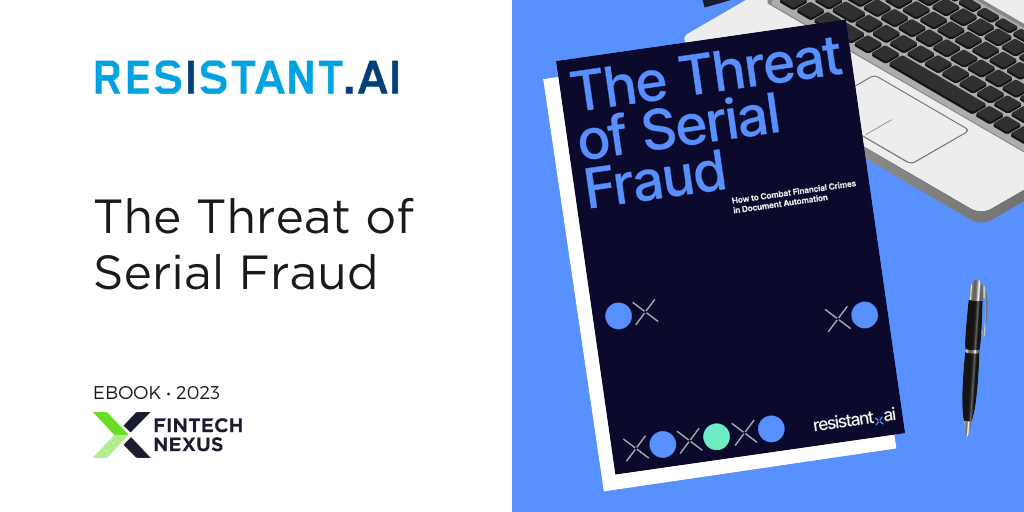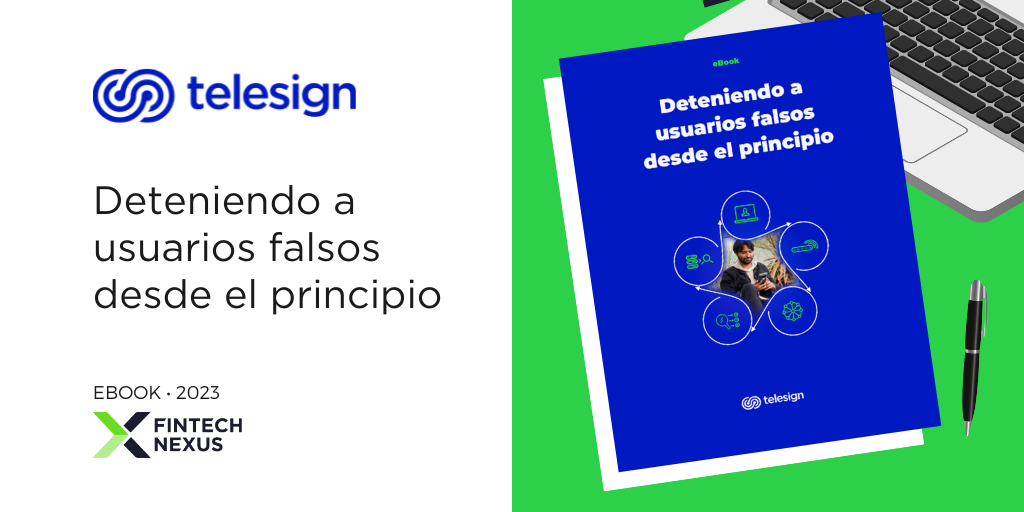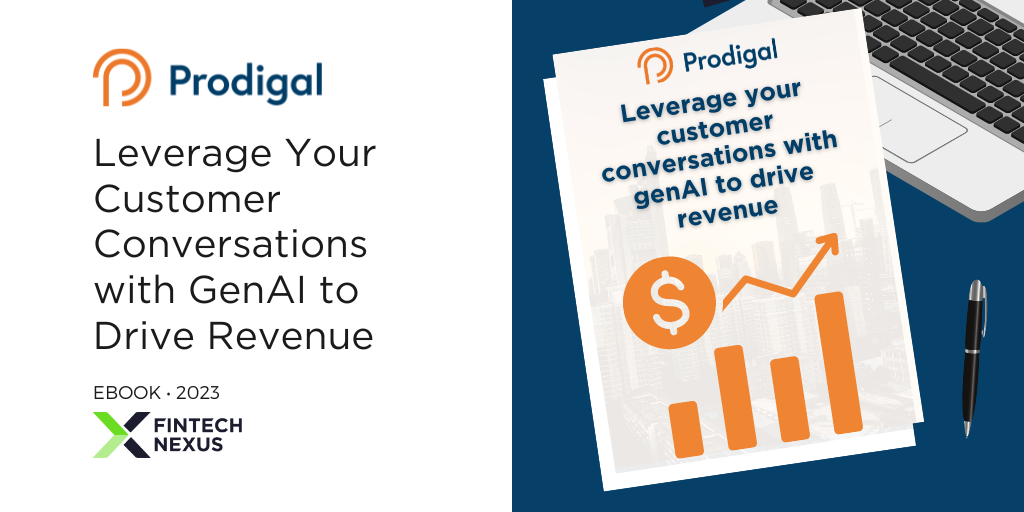Según el Estudio del verdadero costo del fraude – América Latina, realizado por Forrester Consulting por encargo de LexisNexis® Risk Solutions,...
Learn about the loyalty landscape in fintech and the key trends we’ve uncovered after surveying more than 4000+ consumers about...
Technology’s rapid advancement fuels the demand for digital experiences, with 64% of enterprise bank leaders noting an increase in customer...
Esta encuesta detalla los desafíos predominantes, incluida la prevención de usuarios falsos y la gestión de los crecientes costos de...
In an era where digital fraud is on the rise, trust becomes the cornerstone of customer relationships. Learn how to...
We’ve surveyed over 300 global decision makers from a variety of financial services providers and fintechs to discover their key...
The State of Fintech Latin America Report offers a glimpse into the thoughts, plans, and priorities of fintech professionals working...
We’re in a new age of fraud. What started as undetectable fraud through digitization now sees industrial-scale reproduction and distribution...
Desde el spam y las reseñas de productos falsas hasta sofisticadas y costosas estafas financieras, los usuarios falsos pueden causar...
Traditionally, consumer finance teams like yours have worked off balances, payment histories, and third-party sources like credit scores to attempt...


